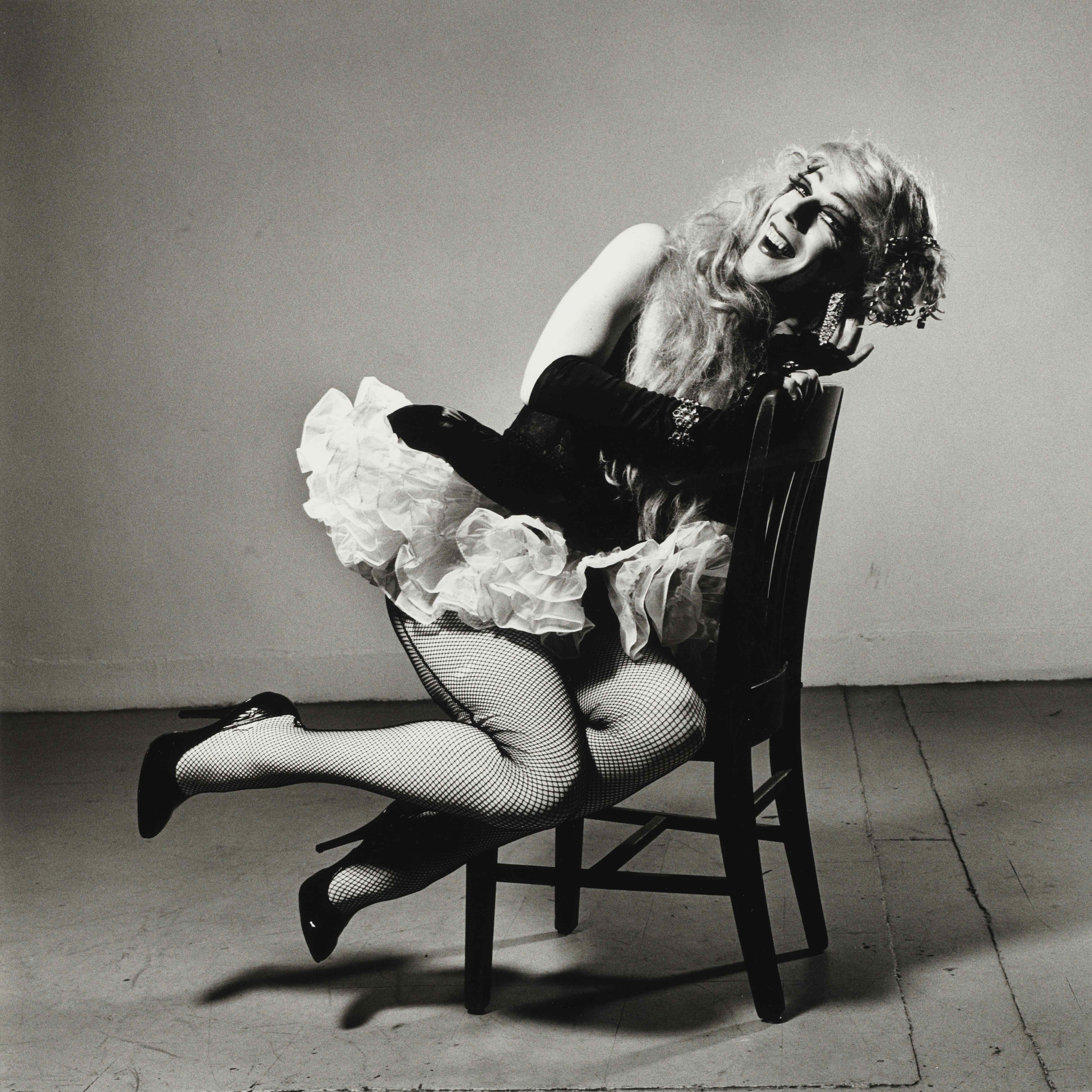The legend of the East Village’s greatest photographer

Peter Hujar (1934–1987) is your favourite photographer’s photographer – a man who lived independently, crafting a life in downtown Manhattan that flourished between the Stonewall uprising of 1969 and the AIDS crisis of the 1980s.
Inside his East Village loft, Hujar mastered his craft, pursuing the art without the burdens of commerce. Liberated from the strictures of the market, Hujar created a body of work that is as broad in subject matter as it is refined in technique and as original in perspective.
A new exhibition, Peter Hujar: Speed of Life, looks at the work the legend left behind, three decades after his death. The show presents 140 photographs drawn from the Morgan Library & Museum, New York, the most comprehensive public collection of the artist’s work. Curated by Joel Smith, the exhibition adopts the traditional retrospective format while staying true to Hujar’s vision.
![Self-Portrait Jumping (1) [photograph], 1974](https://www.tcocdn.com/wp-content/uploads/2018/01/self-portrait.jpg)
Self-Portrait Jumping, 1974
“Hujar was a fully rounded artist for whom a portrait was the model for what art could be,” Smith reveals. “He wanted to deliver an empathetic, living image of his subject: intensely clear, but respectful of mysteries behind the surface. His landscapes, waterscapes, night views, still lifes, skyscrapers, interiors of ruins, are spellbinding, gorgeously printed — and interrelated. Hujar knew it all added up; whenever he could, he showed the most diverse facets of his work side by side. But not only did his career end far too soon; he never had the chance, or instinct, to spell out what held his art together, or to broadcast it to the world.”
In his lifetime, Hujar avoided the path taken by his contemporaries, such as Robert Mapplethorpe, which helped to transform the market for art photography during the 1970s and 80s. “What’s challenging, or tortuous, for one artist is a pleasure for another,” Smith explains. “Hujar’s art is full of vulnerability, self-questioning, complexity, and fatalistic humour. To go from that sensibility to the mindset of self-promotion was poison, to him; all he could do was hope his work would make its own case.”

Susan Sontag, 1975
Speed of Life does precisely this, giving us a look inside the archive that is as authentic to the artist’s vision as possible. According to the 30 people that Smith has spoken with, Hujar as not easy to know closely, but worth knowing. “In the last years of his life, the 1980s, Hujar was, at age 50, a senior figure on the art scene in the East Village,” Smith reveals.
“He maintained both a forbidding exterior — think of the nighttime images, the cruising pictures, the haunted ruins and broken-into cars- — and a profoundly sensitive psyche, the kid who had never processed all his traumas. I put my finger on these paradoxes as someone reading his art. That, to me, is what Hujar’s art is about: looking straight into the eye of a hard world, and not for a second losing sight of his own self-knowledge, humour, yearning.”

Sheryl Sutton, 1977

Gay Liberation Front poster image, 1969

Steel Ruins (13), 1978

Candy Darling on Her Deathbed, 1973. Collection of Ronay and Richard Menschel

Public Garden, Taormina, Sicily, 1959
![Christopher Street Pier (2) [photograph], 1976](https://www.tcocdn.com/wp-content/uploads/2018/01/christopher-st-pier.jpg)
Christopher Street Pier, 1976

Boy on Raft, 1978

Dog, Westtown, New York, 1978

Ethyl Eichelberger as Minnie the Maid, 1981
Peter Hujar: Speed of Life is on view at the Morgan Library & Museum, New York (January 26 – May 20, 2018). A catalogue of the same name is available from Aperture.
Follow Miss Rosen on Twitter.
Enjoyed this article? Like Huck on Facebook or follow us on Twitter.
You might like

As Kneecap and Bob Vylan face outcry, who really deserves to see justice?
Street Justice — Standing in for regular newsletter columnist Emma Garland, Huck’s Hard Feelings host Rob Kazandjian reflects on splatters of strange catharsis in sport and culture, while urging that the bigger picture remains at the forefront of people’s minds.
Written by: Robert Kazandjian

Alex Kazemi’s Y2K period novel reminds us that the manosphere is nothing new
New Millennium Boyz — Replete with MTV and endless band t-shirt references, the book follows three teenage boys living in 1999 USA as they descend into a pit of darkness. We spoke to its author about masculinity, the accelerated aging of teenagers, and the rebirth of subcultures in the algorithm age.
Written by: Isaac Muk

In photos: The people of Glastonbury’s queer heart The NYC Downlow
Elation and family — Once a year, a meatpacking warehouse nightclub springs up in Glastonbury’s South East corner and becomes a site of pilgrimage for the festival’s LGBTQ+ scene. We met the people who make The NYC Downlow so special.
Written by: Isaac Muk

“Moment of escape”: Maen Hammad’s defiant West Bank skate photos
Landing — Choosing to return to Palestine after growing up in the USA, the photographer found himself drawn to Ramallah’s burgeoning skate scene. His debut monograph explores the city’s rebellious youth, who pull tricks in the face of occupation.
Written by: Miss Rosen

Misan Harriman: “The humanity I bear witness to is extraordinary”
Shoot the People — Following the premiere of a new film exploring the photographer’s work and driving forces, we caught up with him to chat about his rapid rise, shooting protests and the need for powerful documentarians in times of struggle.
Written by: Isaac Muk

We are all Mia Khalifa
How humour, therapy and community help Huck's latest cover star control her narrative.
Written by: Alya Mooro

